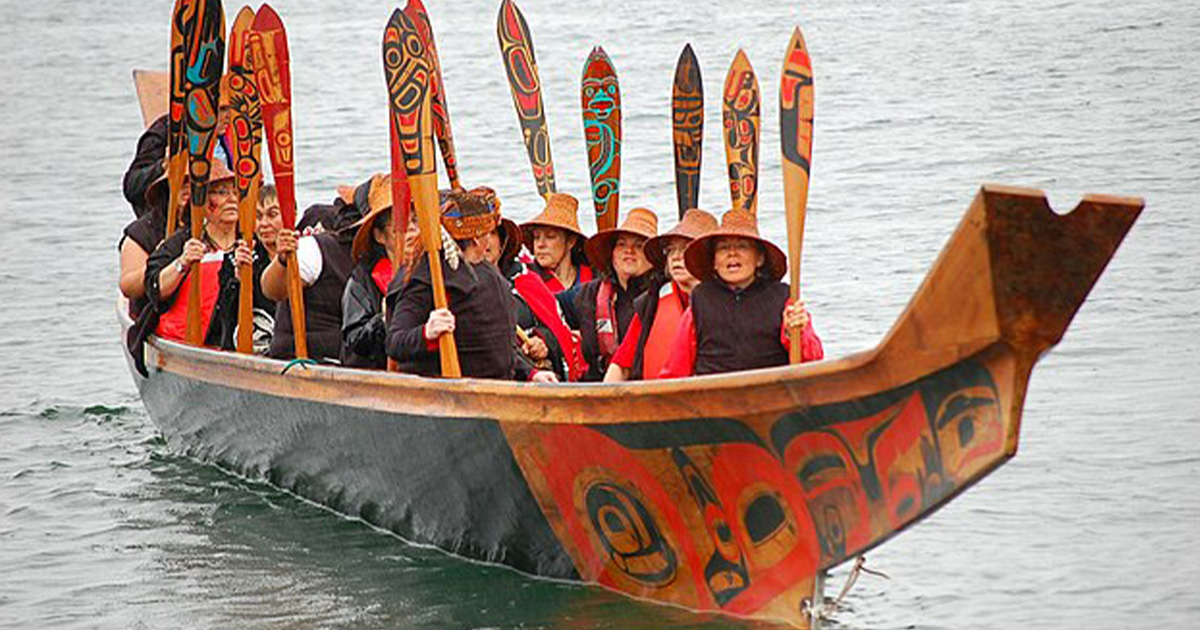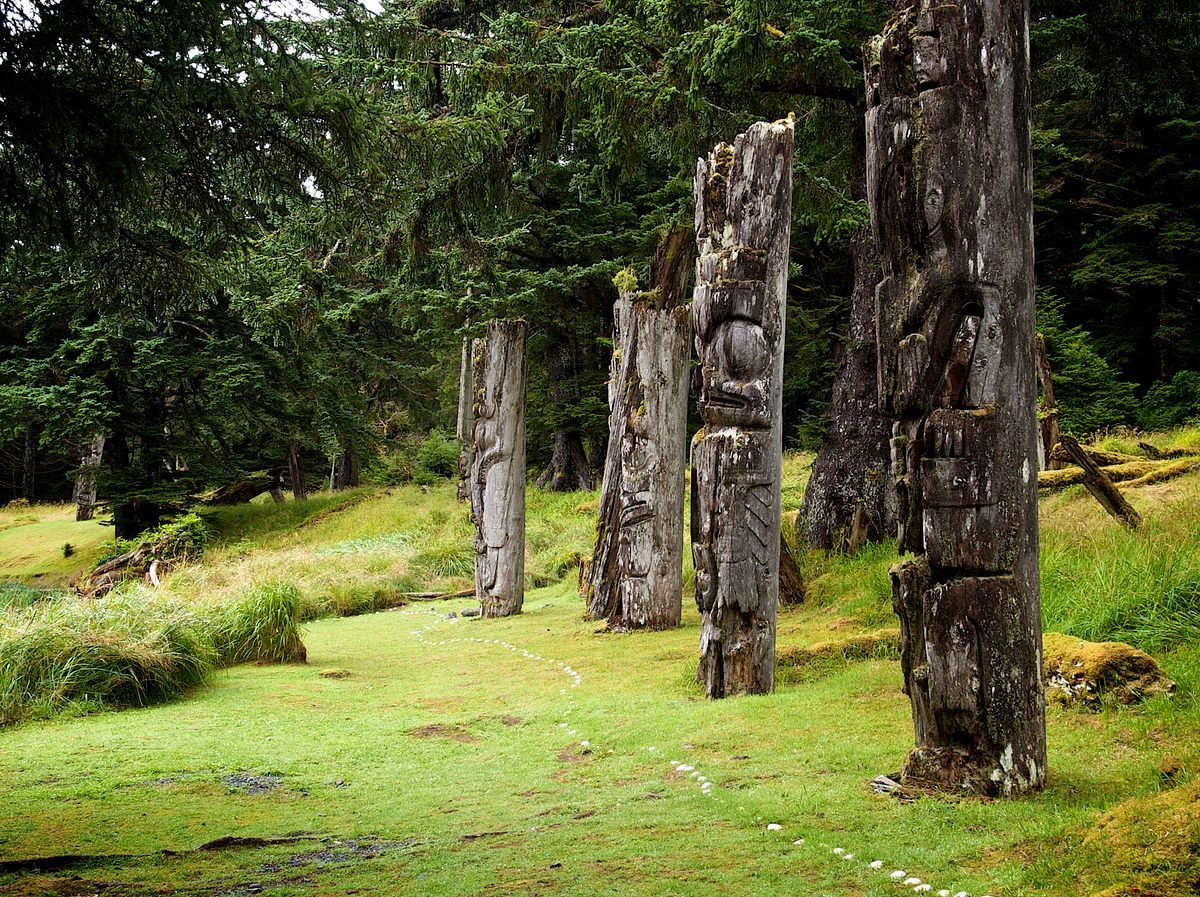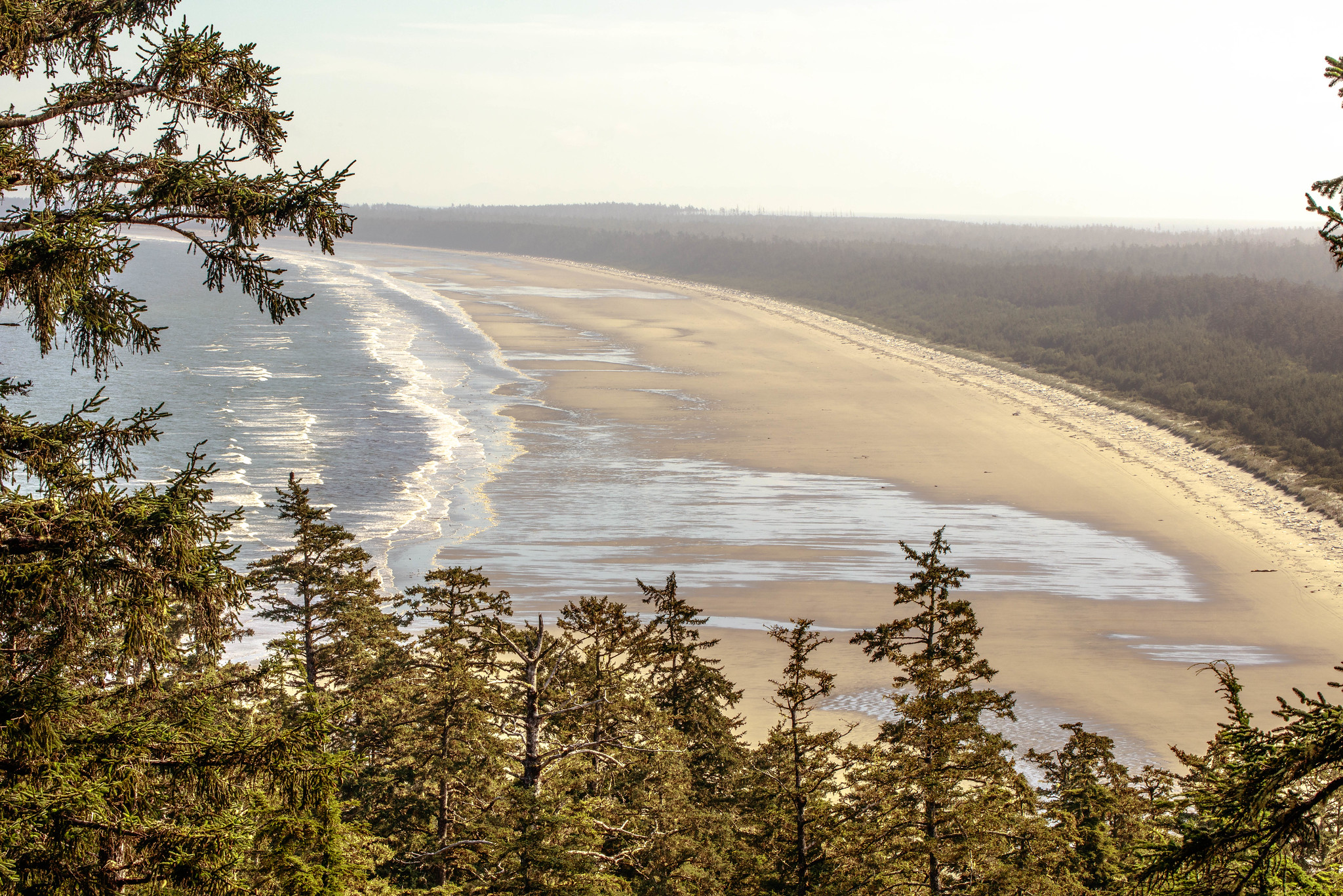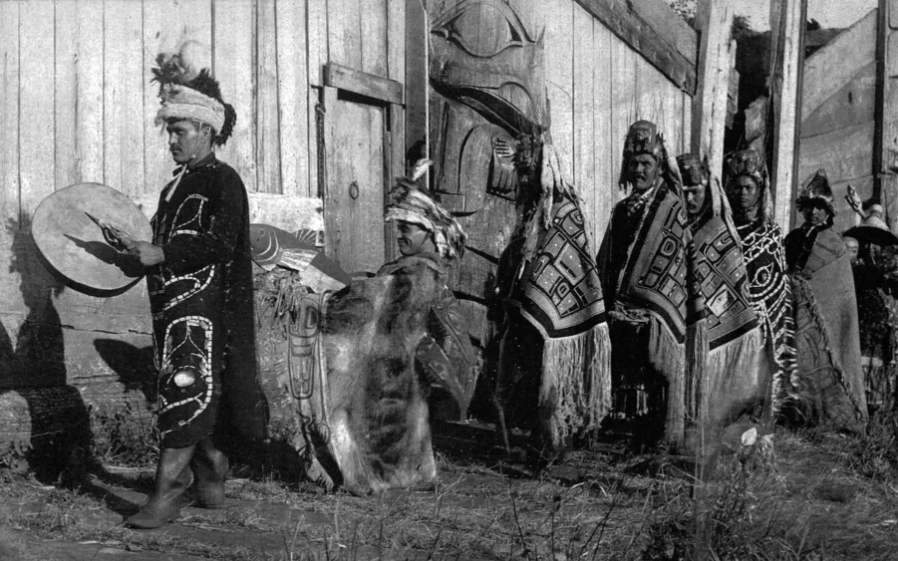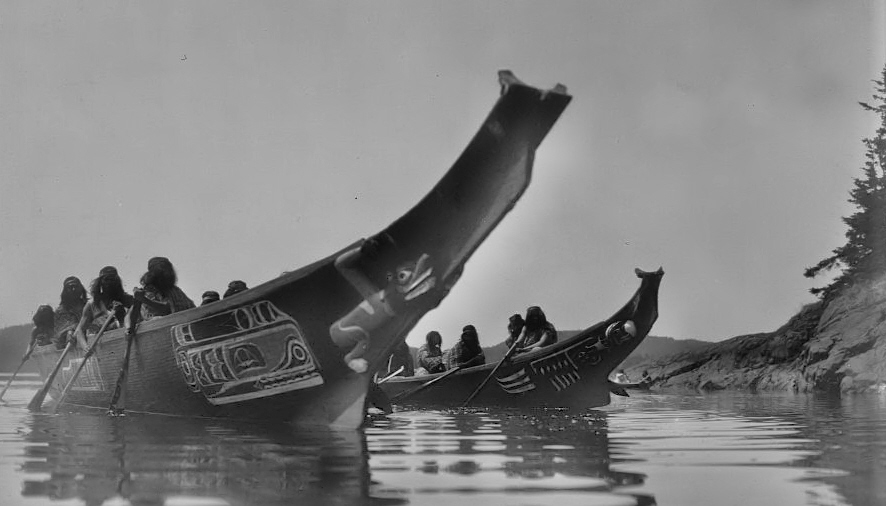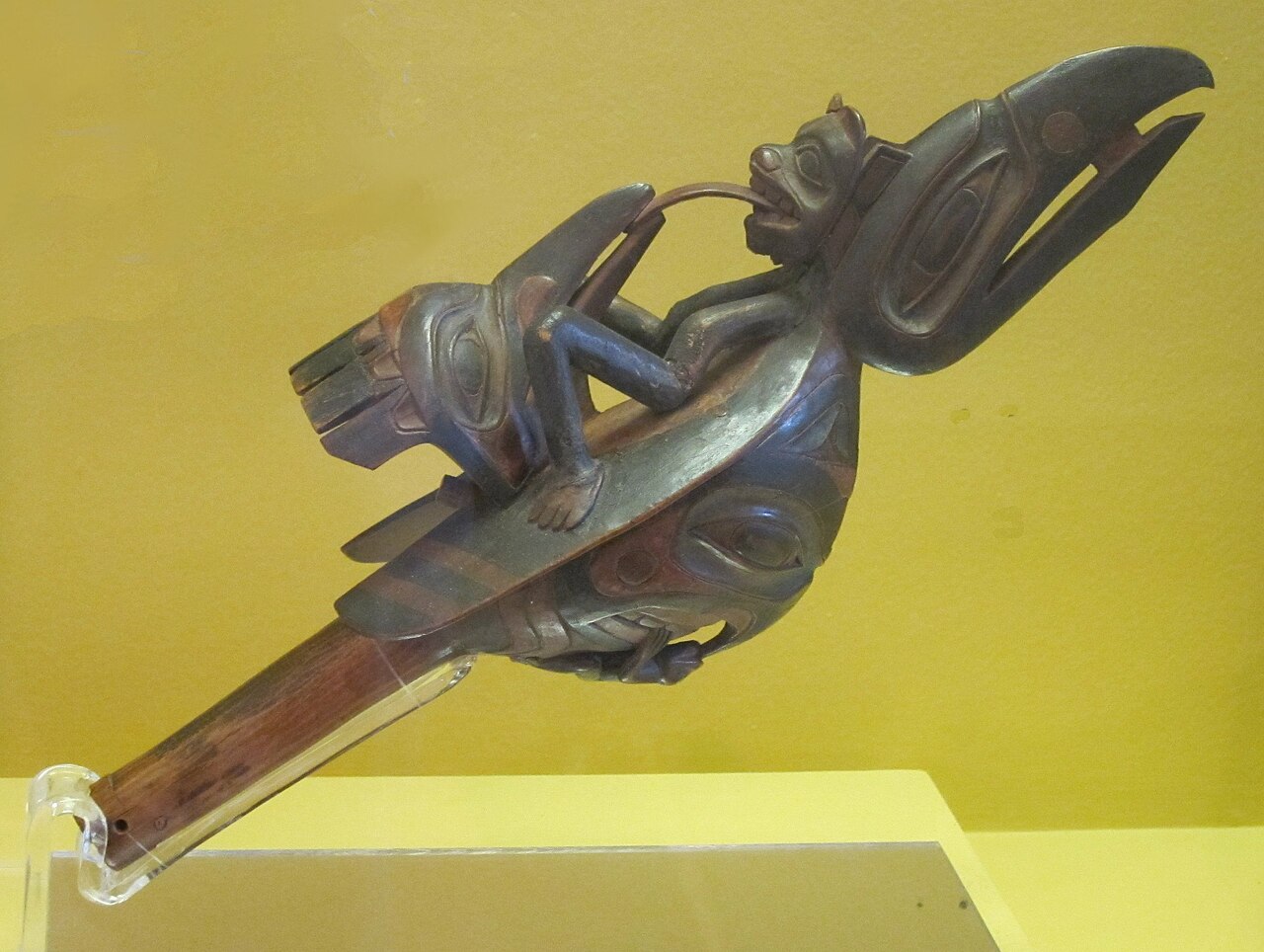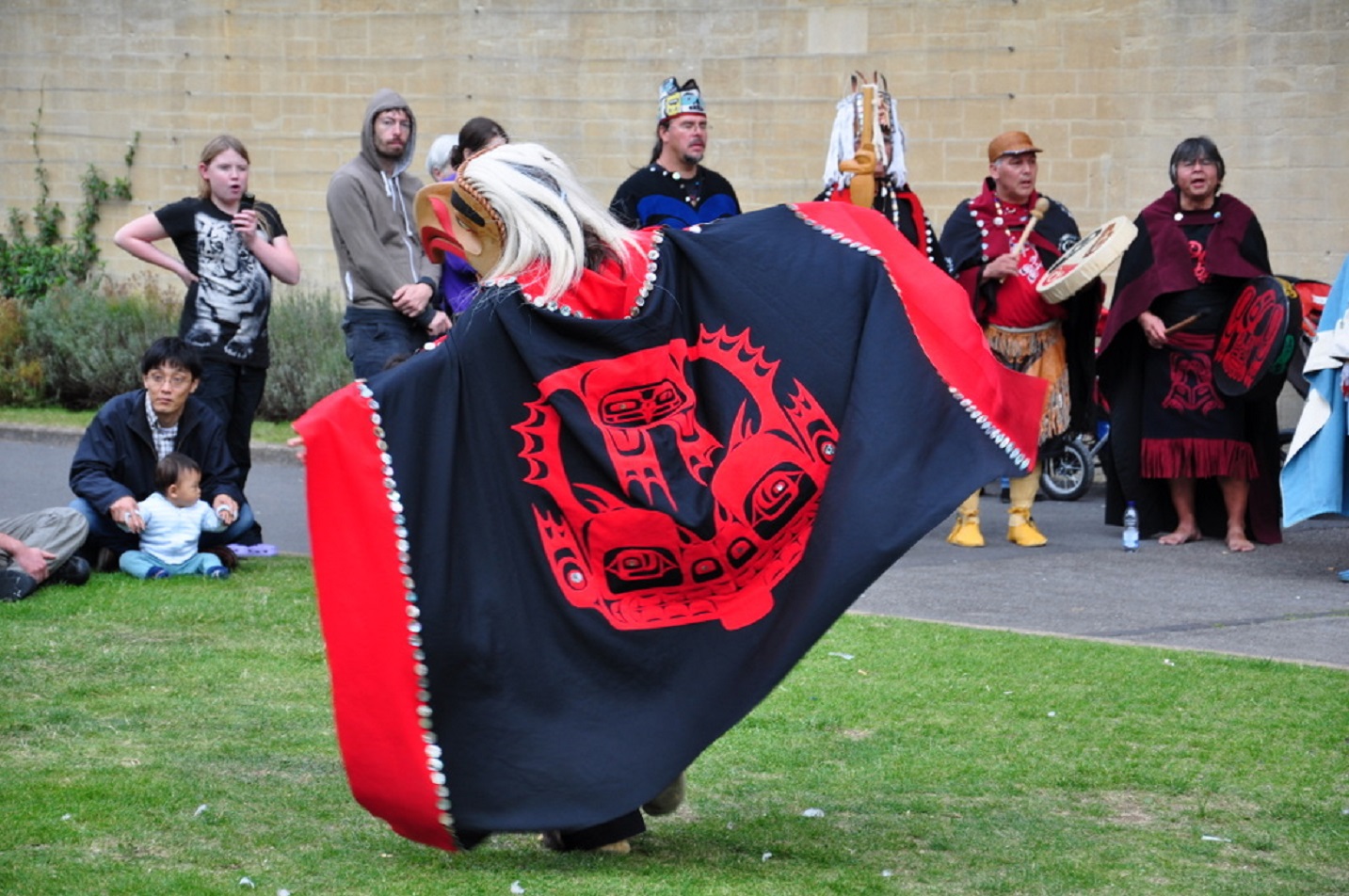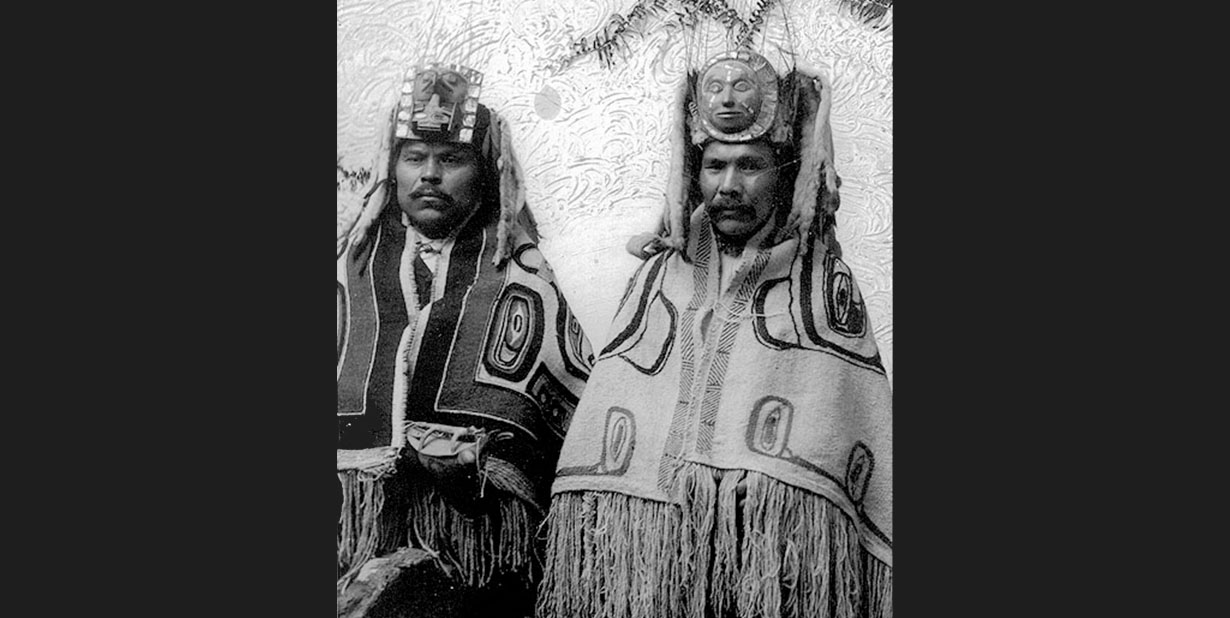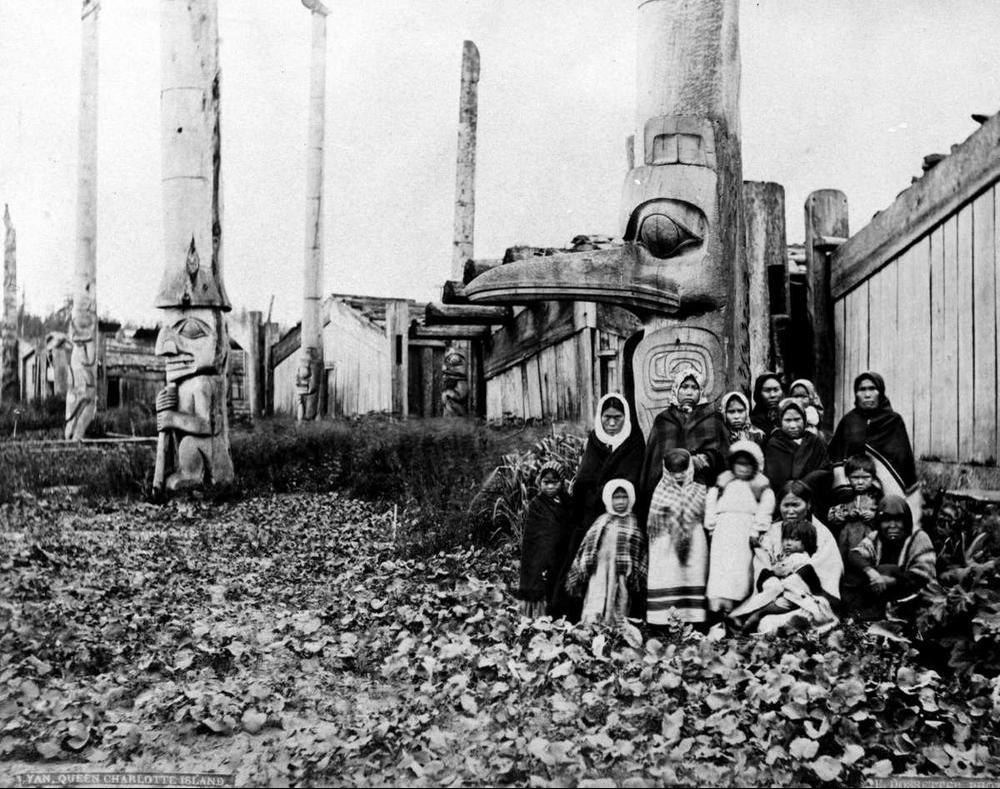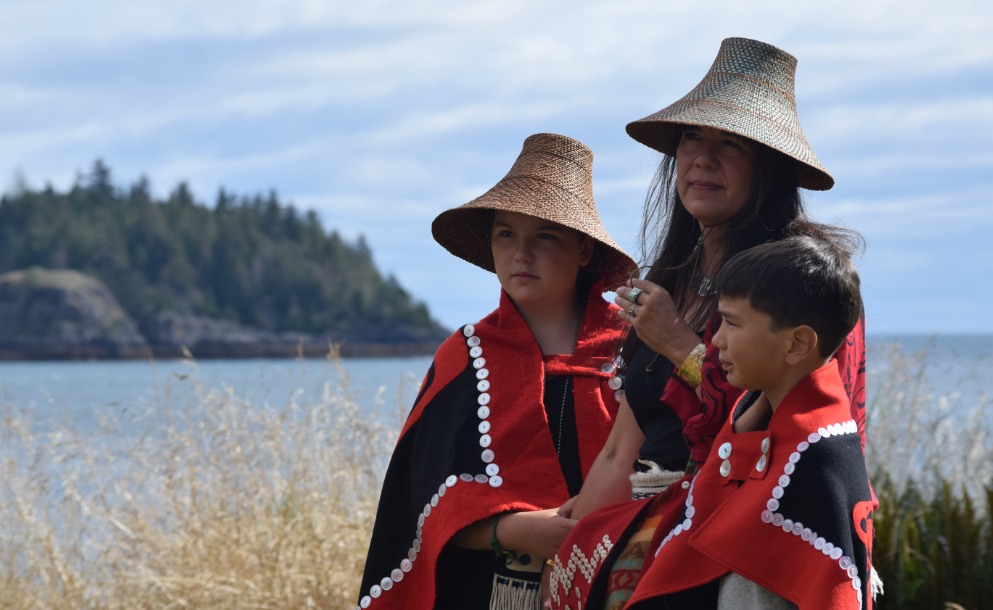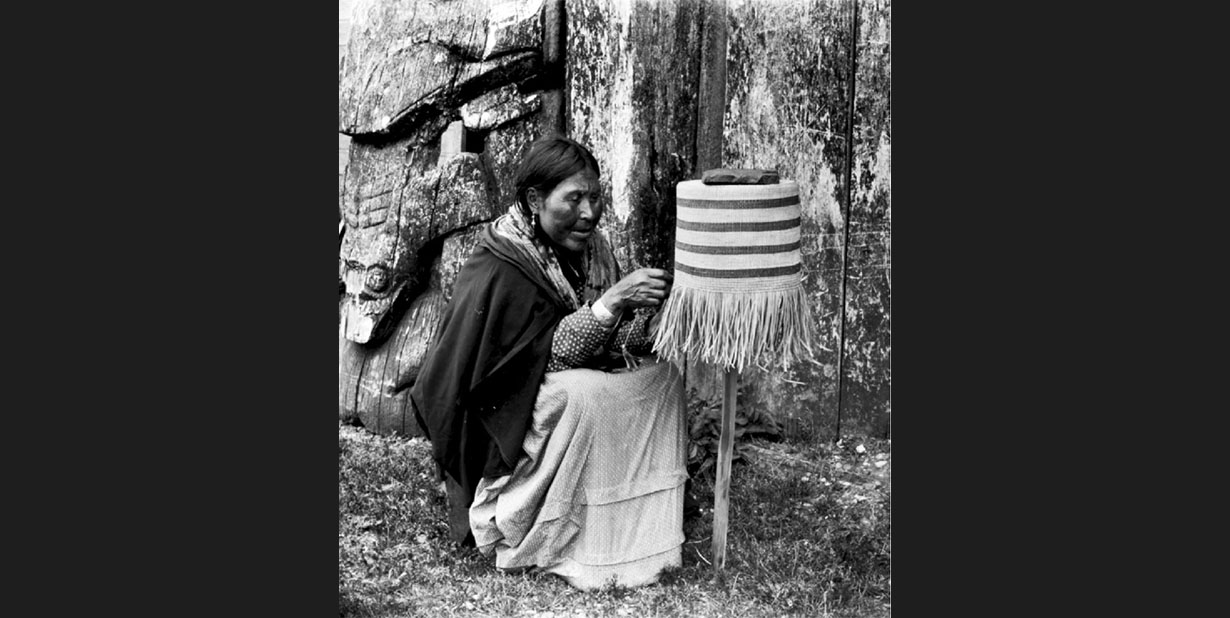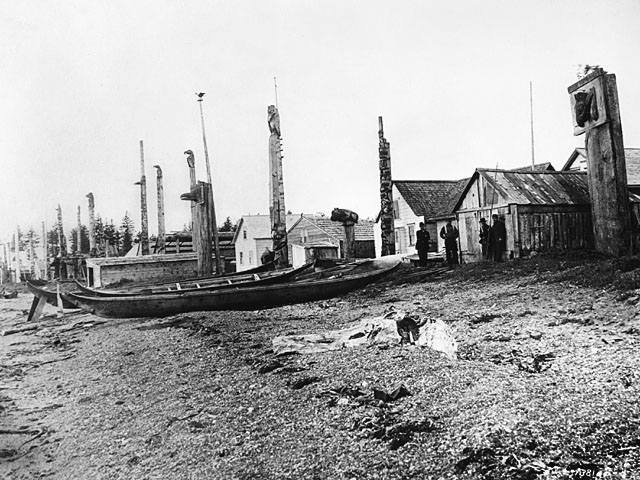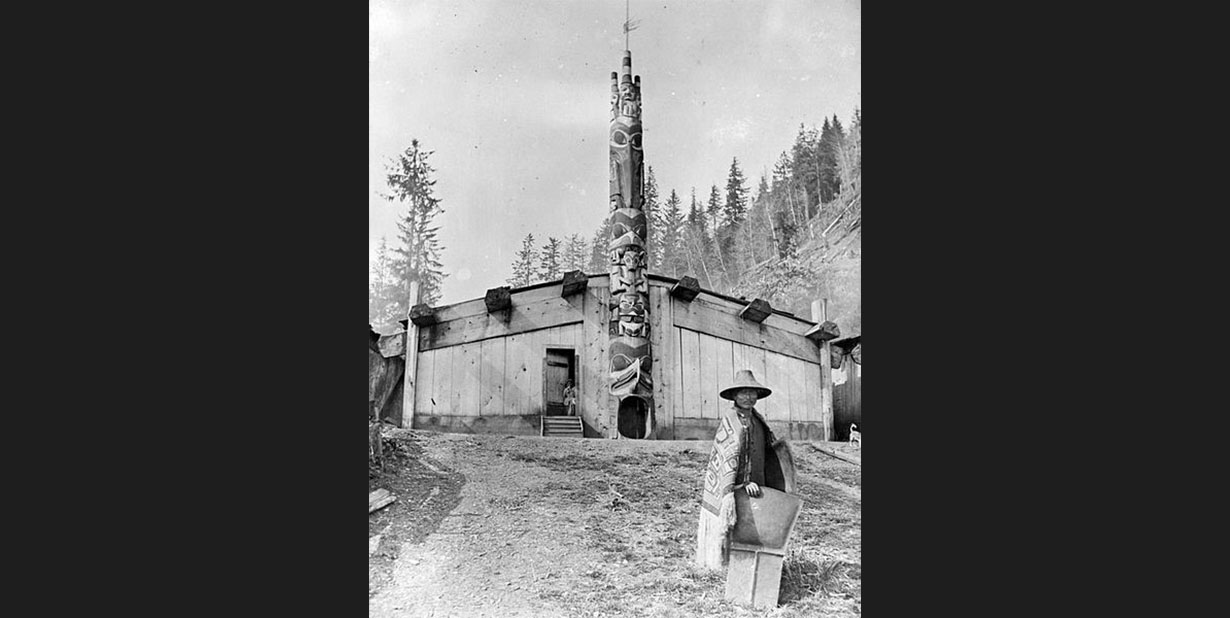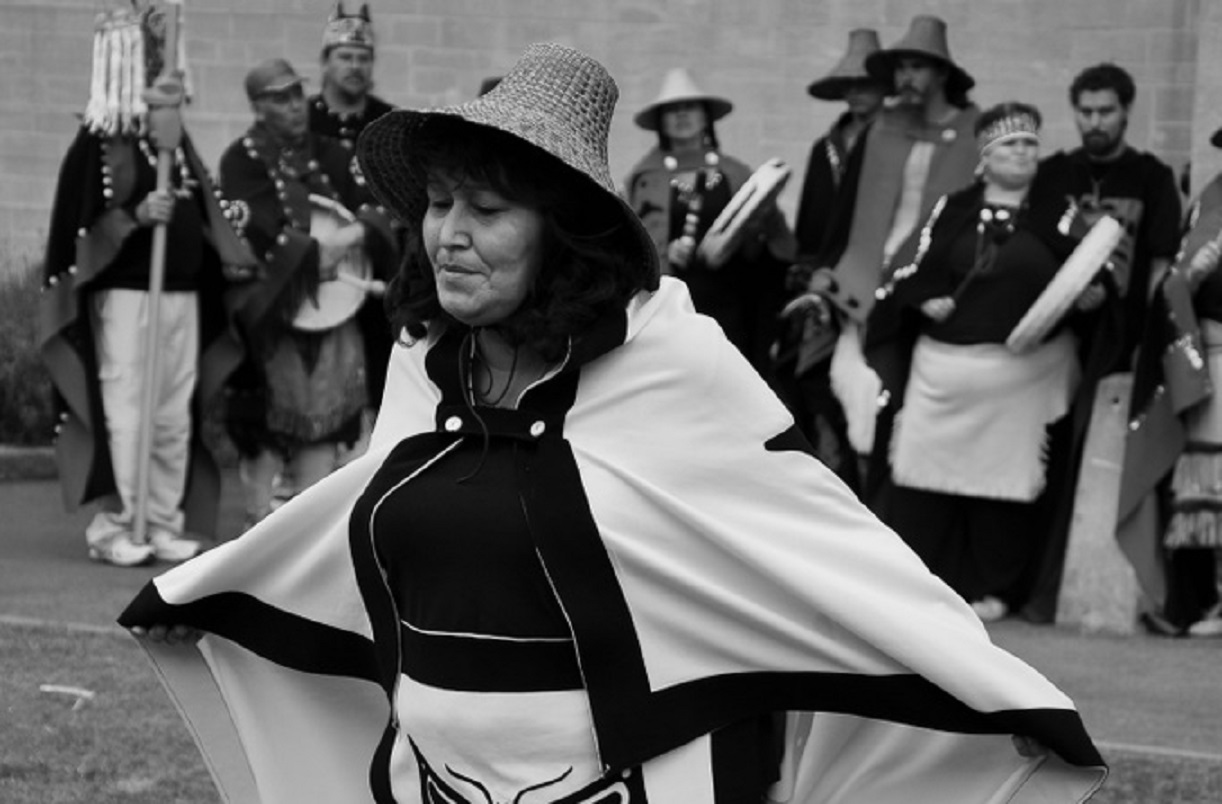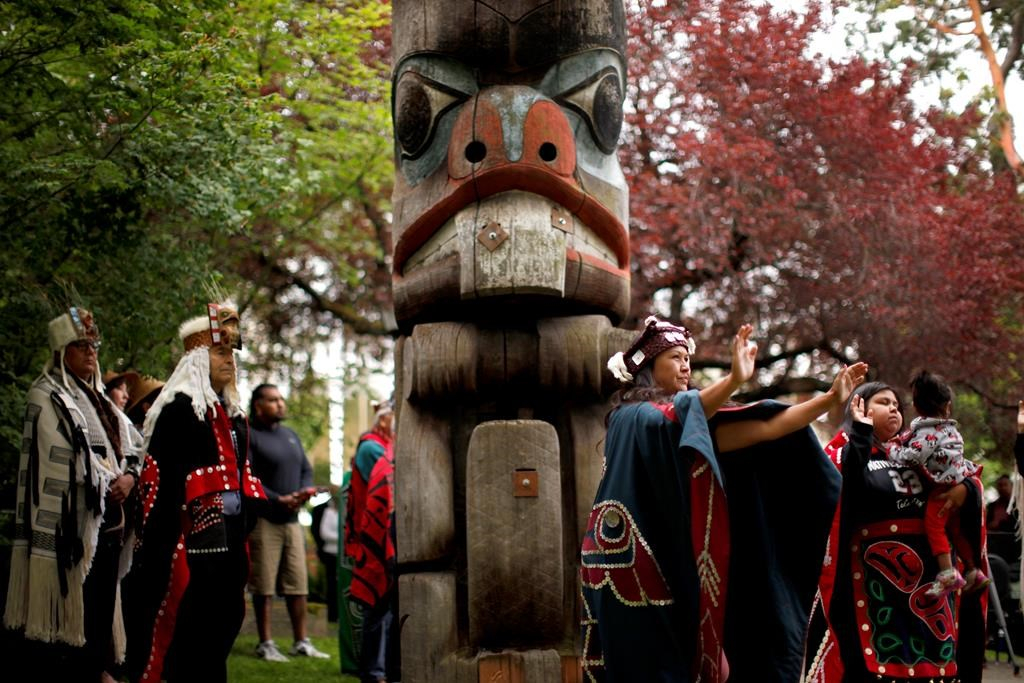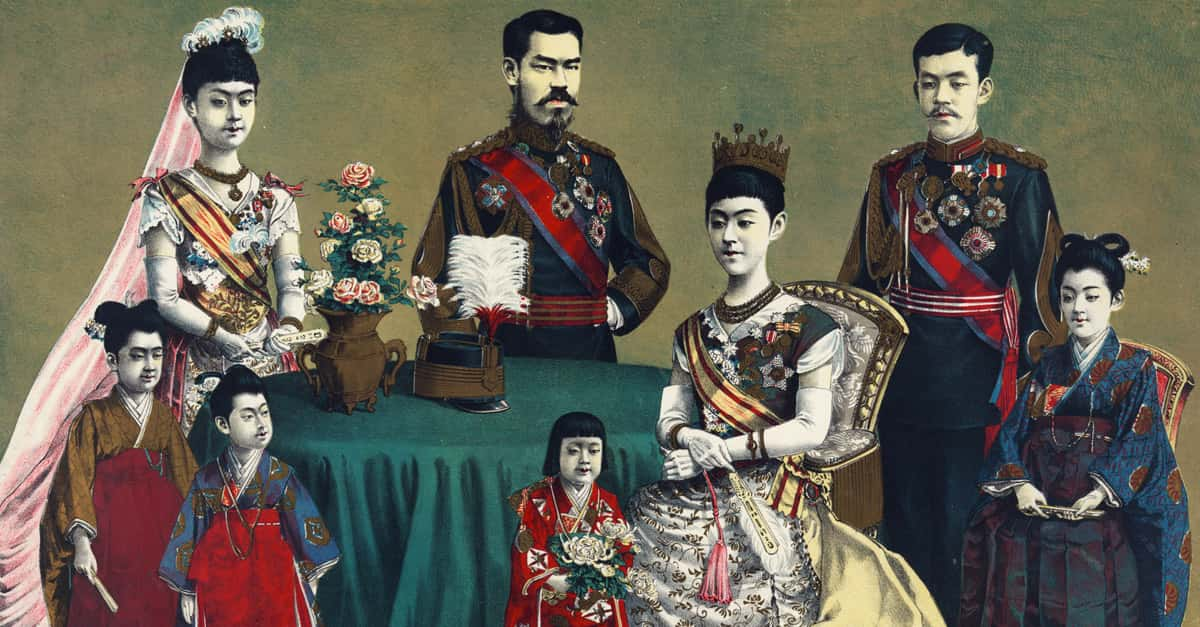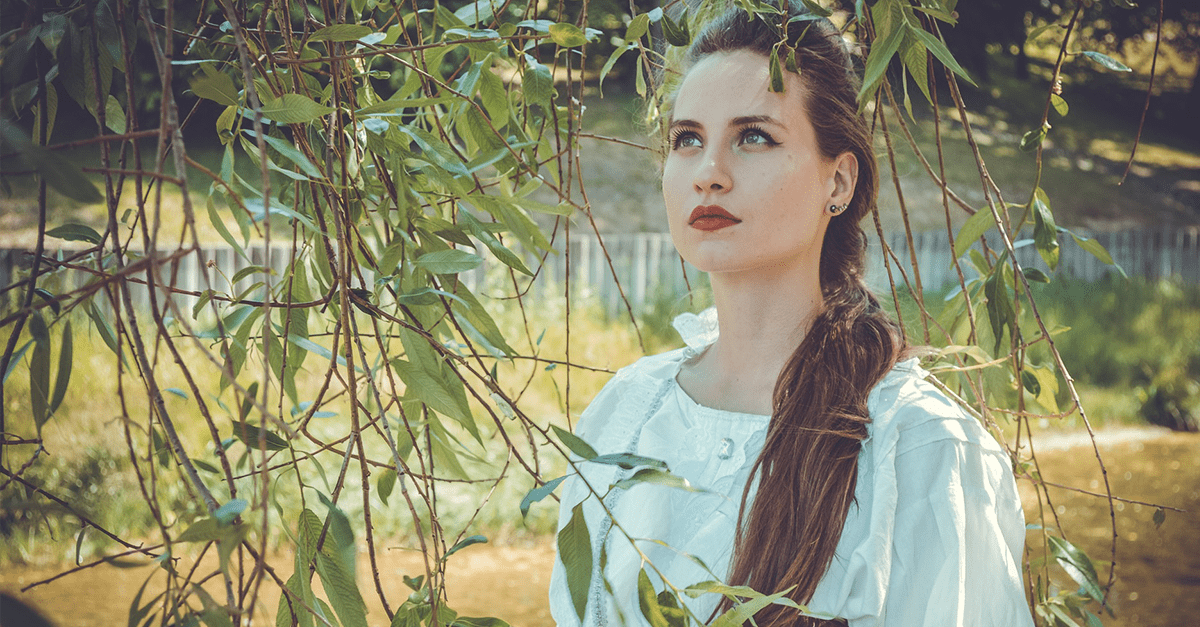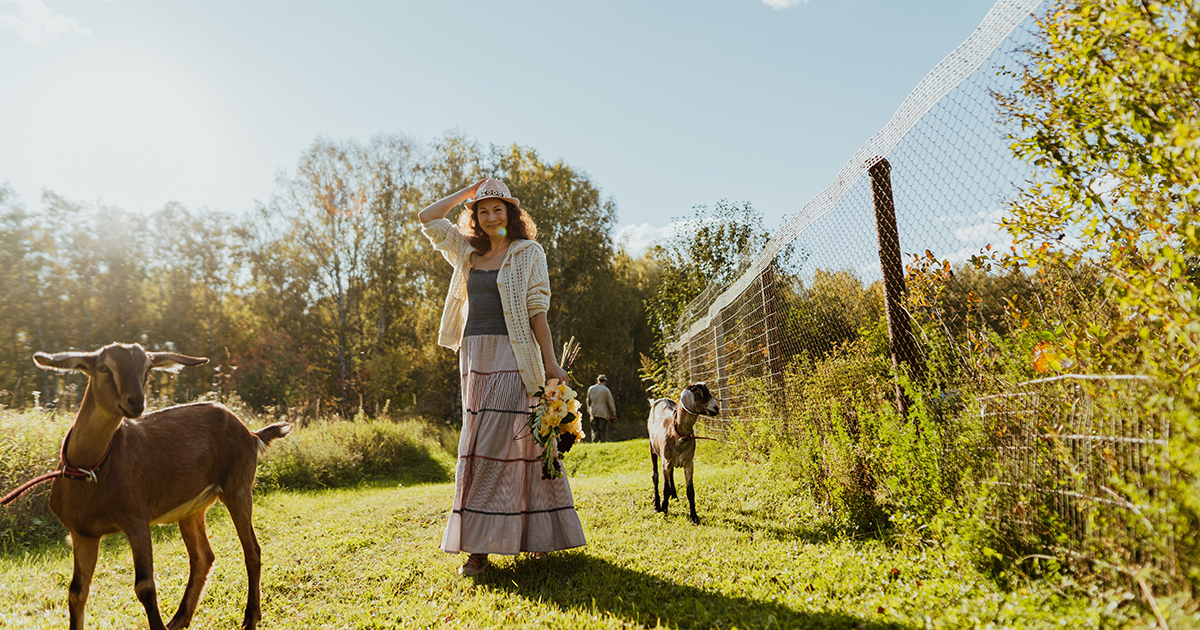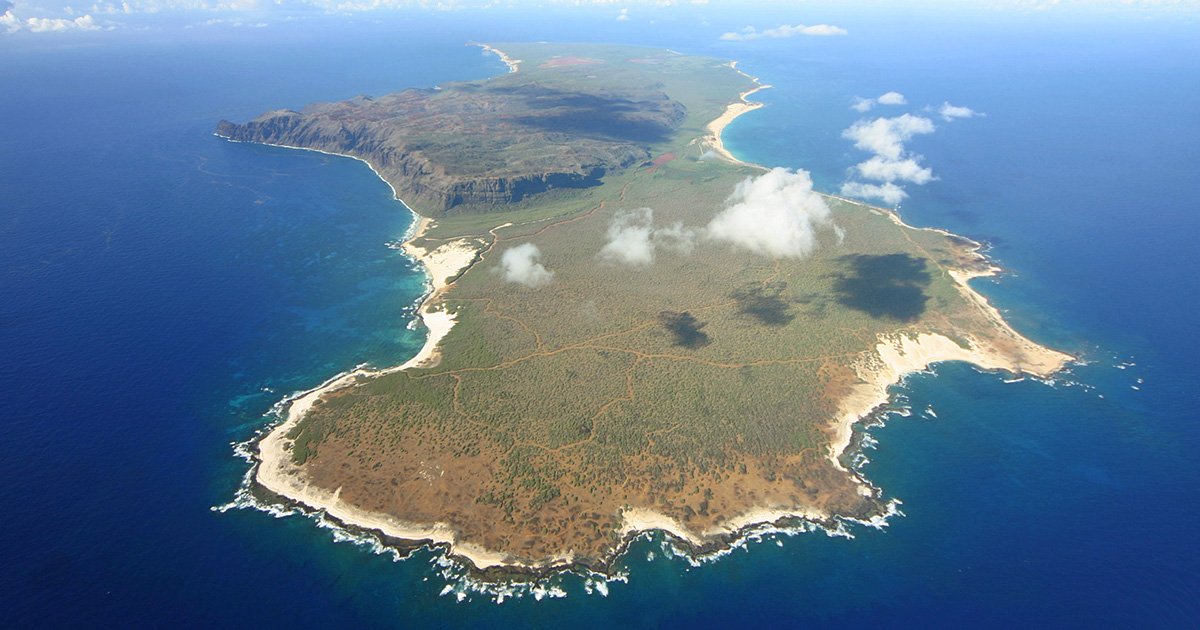Haida: Canada's West Coast Indigenous Tribe
Haida are an Indigenous group who have traditionally occupied Haida Gwaii, a group of islands off the coast of British Columbia, Canada.
They have been around for at least 12, 500 years, but were almost nearly wiped out after European contact introduced disease and illness.
Let's explore the early traditions of the Haida Indigenous tribe.
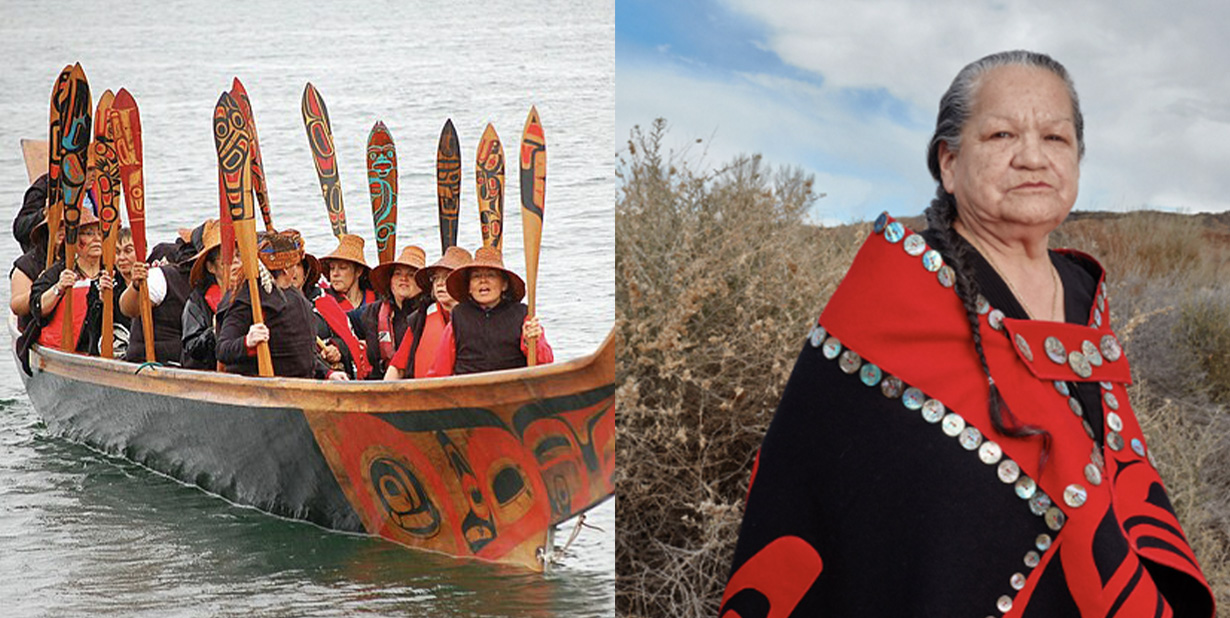
Location
The Haida people live in the nation of Haida Gwaii—the ancestral territory of the Haida Nation, which includes over 150 rocky islands off the coast of British Columbia, Canada.
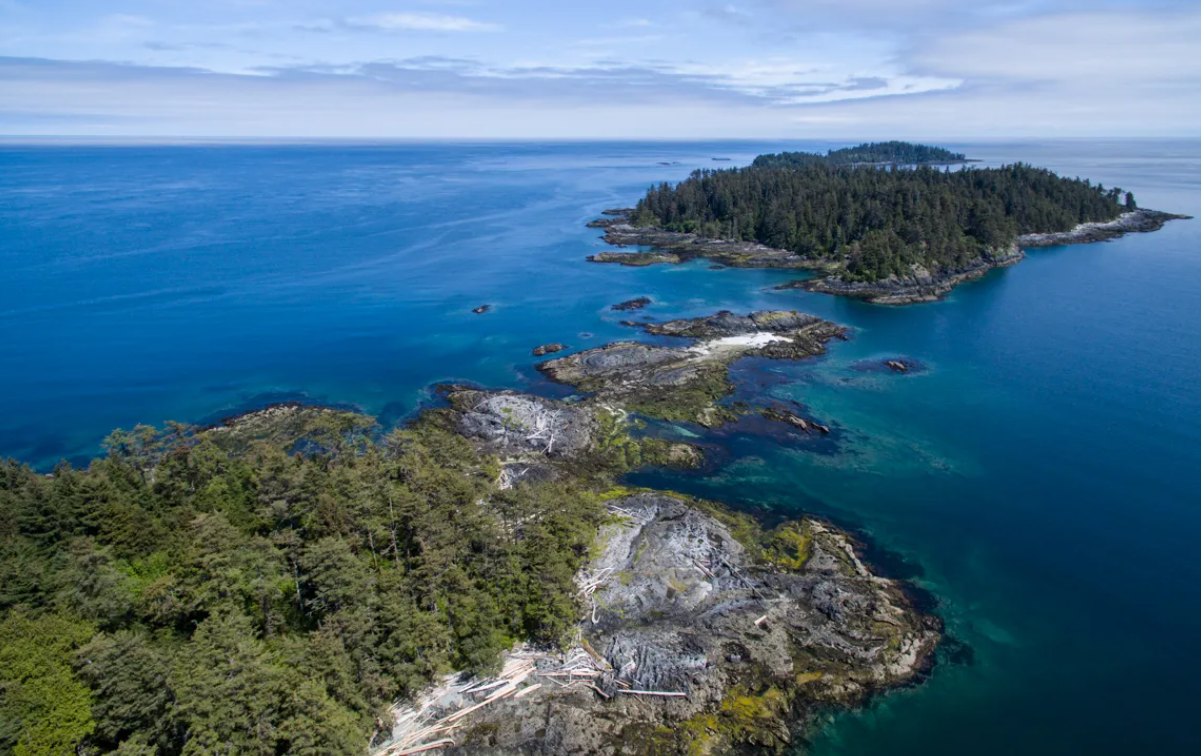 GregoryGo Photography, GH Videos
GregoryGo Photography, GH Videos
Population
There are approximately 4,500 people living on the islands of Haida Gwaii, today. However, their pre-contact population is said to have been in the tens of thousands.
Population drastically dropped after contact with outsiders introduced diseases, such as smallpox. An epidemic lead to thousands of Haida losing their lives from both the disease and at the hands of the government.
History of Haida Gwaii
Currently, The Haida Nation collectively holds Hereditary and Aboriginal Title and Rights to Haida Territories and the cultural and intellectual property rights of the Haida Nation.
But it wasn’t always this way.
Queen Charlotte Islands
Dating back to the 18th century, Haida Gwaii was inhabited by Haida people. But in 1858 it was annexed by British authorities and integrated into the Colony of British Columbia, and became known as the Queen Charlotte Islands.
Haida Nation
In 2009, after decades of negotiations, the BC government officially renamed the islands to Haida Gwaii.
The new name was created as an alternative name for the islands to acknowledge the history of the Haida Nation as part of its land claim efforts in the 1980s.
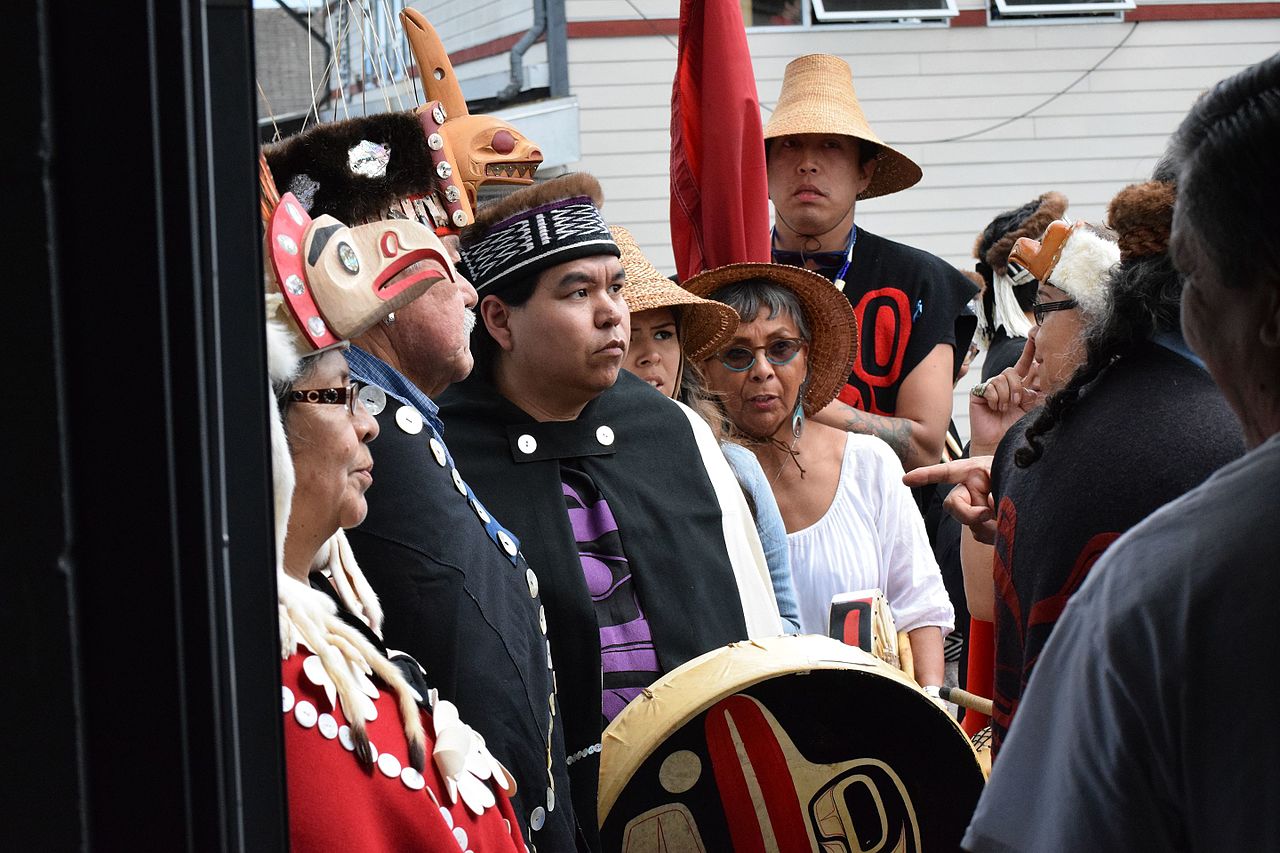 Shoutsofvictory, CC BY-SA 4.0, Wikimedia Commons
Shoutsofvictory, CC BY-SA 4.0, Wikimedia Commons
Reputation
The Haida are known for their craftmanship, trading skills, and seamanship. However, they have also carried out violent raids and have practiced slavery.
They’ve often been compared to the Vikings of Scandinavia.
Language
The Haida language is considered to be an isolate—meaning it has no demonstratable relationship to any other language.
Their language was de facto banned in the early 20th century with the introduction of residential schools in an effort to enforce the use of English language.
Even after revitalization projects to preserve the language began, there are less than 50 Haida-speaking people today.
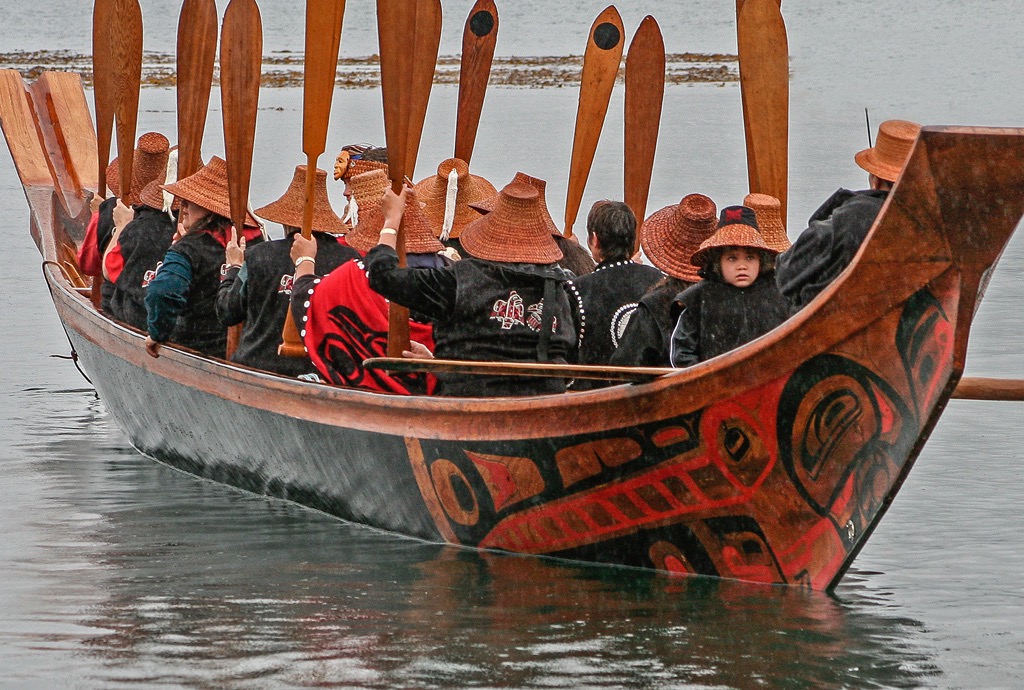 Hans Tammemagi, We Explore Canada
Hans Tammemagi, We Explore Canada
Food
The Haida are hunter-gatherers. They hunt in nearby forests and mountains on the larger islands, and fish for large sea mammals such as sea lions and seals in the ocean and rivers. They use spears, nets, trolling hooks and stone traps.
They gather berries and grow crops such as corn, beans and squash.
Religion
The traditional religious beliefs of the Haida include a variety of supernatural beings, a belief in reincarnation, and the presence of shamans.
Many Haida believe in an ultimate being called Ne-kilst-lass, which can manifest through the form and antics of a Raven.
Social Organization
The Haida nation was split between two moieties (groups), the Raven and the Eagle.
Eagles and Ravens were very important to the Haida families as they would identify with one or the other and this would signify what side on the village they would reside on.
Each group also had rights to their own myths and legends, dances, songs, and music.
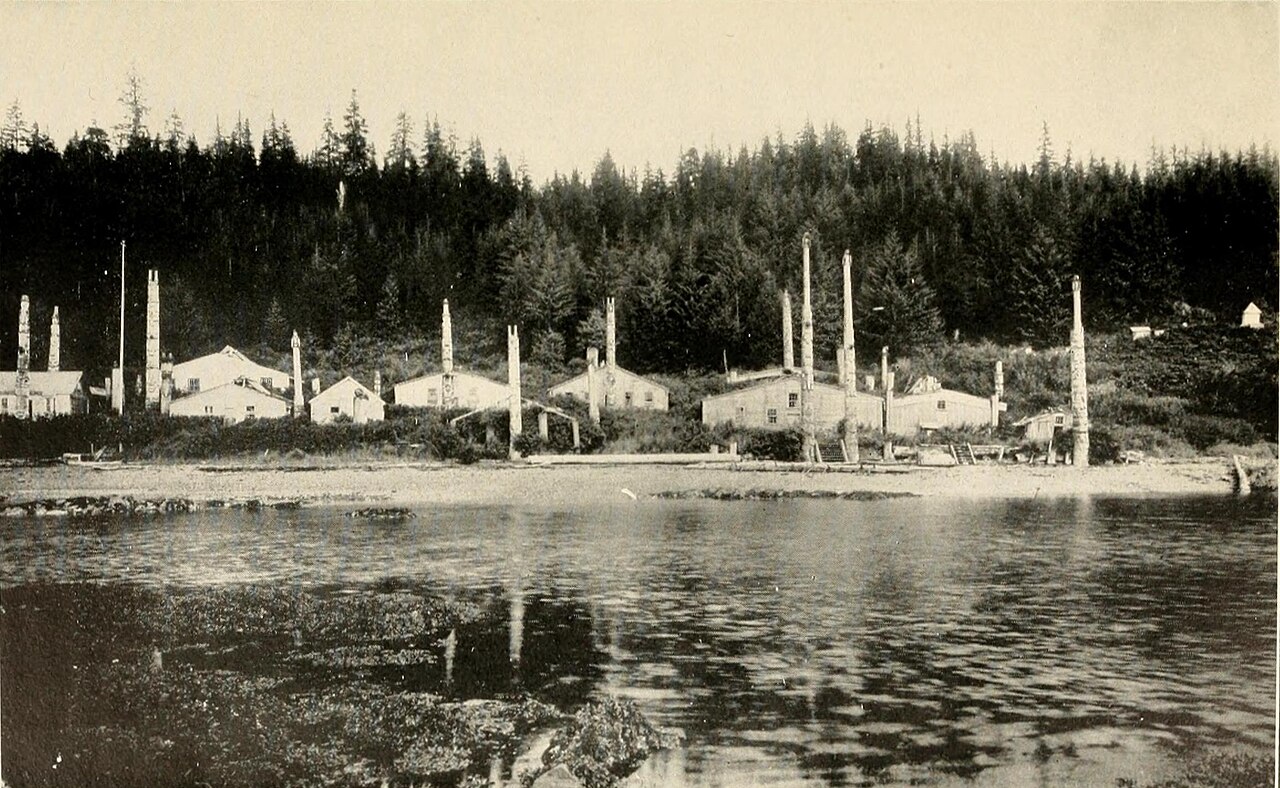 E.A. Hegg, Juneau, Wikimedia Commons
E.A. Hegg, Juneau, Wikimedia Commons
Potlatch Ceremonies
The Haida people often host Potlaches, which are ceremonies that include the circulation of property in the form of gifts.
These ceremonies were held to commemorate an event of importance, such as the giving of names, weddings, and funerals. Some potlaches can take years to prepare.
Marriage
Typical Haida marriages were arranged by the parents when their children were still young. Chiefs were allowed to have more than one wife, though this didn’t occur too often.
There is evidence that preferred partners came from the father’s lineage, meaning there were cross-cousin marriages within the tribe.
Inheritance
A Haida man’s property would go to his younger brothers and nephews. The widow would be left with a little section of her own property.
A woman’s property would go to her daughter.
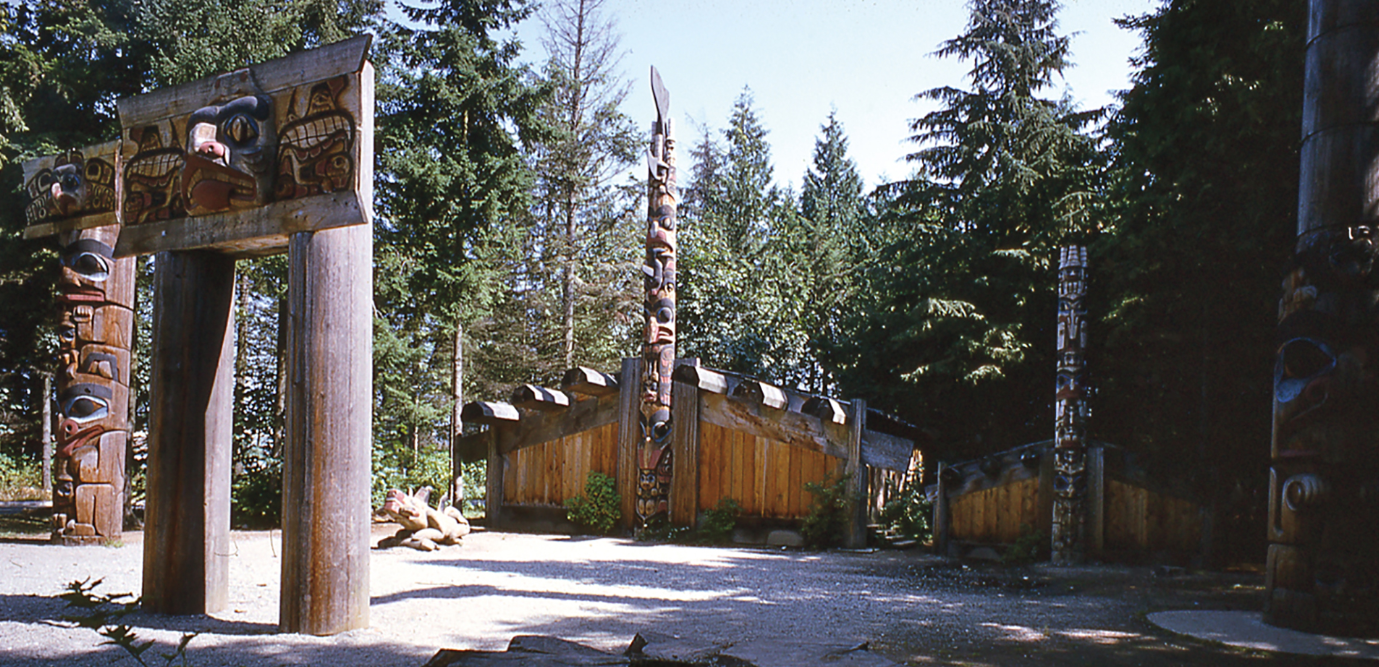 Bill Reid, Haida Village, 1958–62 Cedar and paint Photograph by Adelaide de Menil, 1966
Bill Reid, Haida Village, 1958–62 Cedar and paint Photograph by Adelaide de Menil, 1966
Family Dynamics
Marriages between two people from the same moiety were prohibited. Children would officially become part of the moiety that the mother had come from.
The family would also own their own property, and have specific areas for food gathering, according to which moiety they belong to.
Family Dynamics Changed
In the 19th century, things changed within the Haida social system. At this point, Ravens and Eagles were now allowed to marry each other, and most families consisted of a nuclear family norm.
Early Gender Roles
Men were responsible for all of the hunting and fishing, building homes and carving canoes and totem poles.
The women's responsibilities were to stay close to home doing a majority of their work on the land, which mostly included keeping the home, making clothing, and gathering berries.
 Library and Archives Canada , Wikimedia Commons
Library and Archives Canada , Wikimedia Commons
Children: Boys
As soon as a young boy hit puberty, his uncles on his mother’s side would teach him the family history and how to behave as a man.
They believed a special diet would increase his abilities. For example, duck tongues helped him hold his breath under water, and blue jay tongues helped him to be a strong climber.
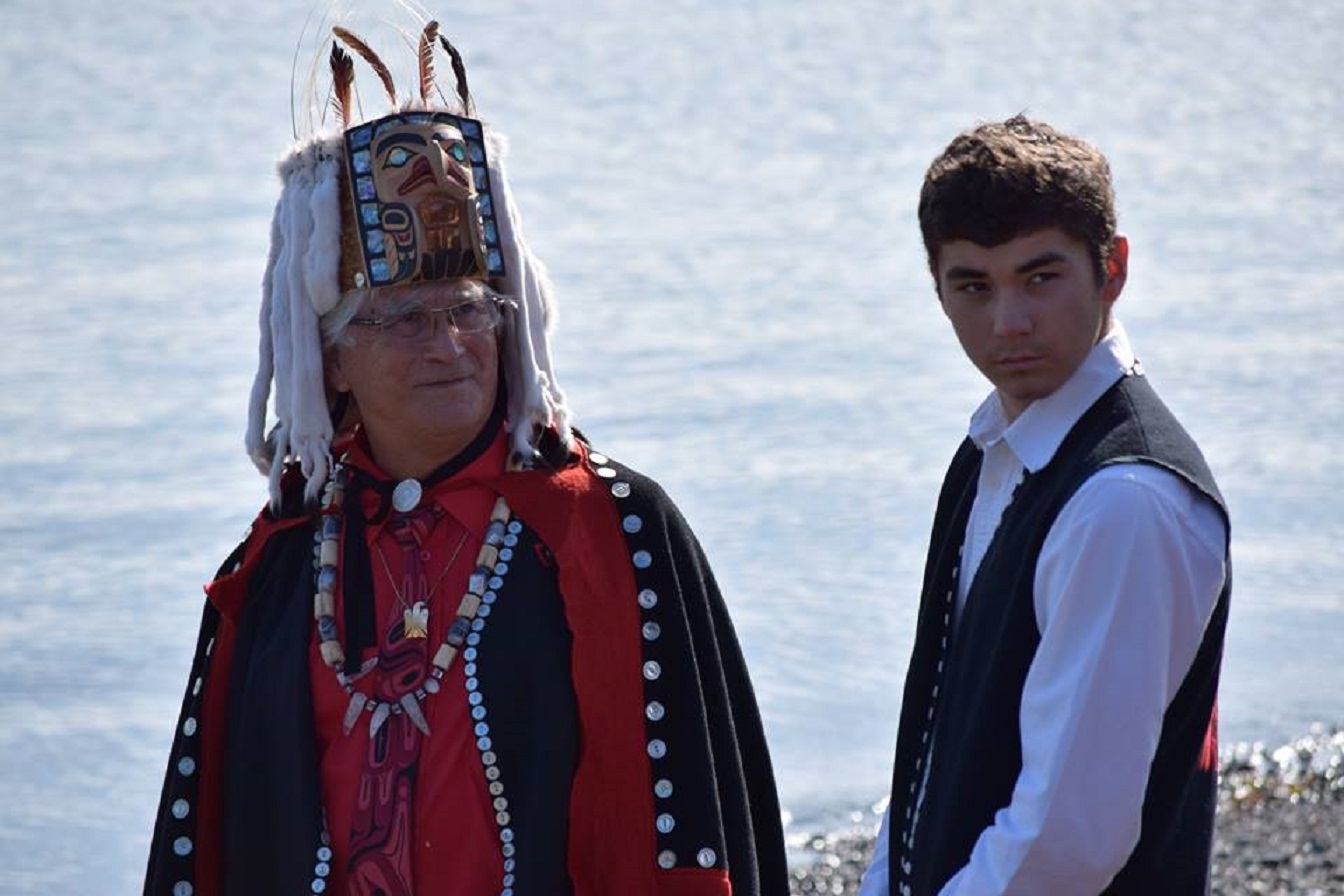 Graham Richard, CC BY-SA 4.0, Wikimedia Commons
Graham Richard, CC BY-SA 4.0, Wikimedia Commons
Children: Girls
The girls would seek guidance from the aunts on the father’s side. They would teach her about her duties to her tribe as soon as she reached puberty.
The girls would go to a secluded space in her home and be made to sleep on a stone pillow. She was only allowed to eat and drink small amounts, as this would make her tougher.
Vision Quests
It was once customary for young boys and girls to embark on vision quests once they hit puberty. These quests would send them out alone for days. They would travel through the forests, in hopes of finding a spirit to guide them through their lives.
Once they found their spirit guide, they would return home and celebrate with masks, face painting and costumes.
Housing
Permanent Haida villages included one or more rows of houses built along a beach. They were made from western red cedar with massive support beams.
Most houses had a large firepit in the center with a smoke hole above.
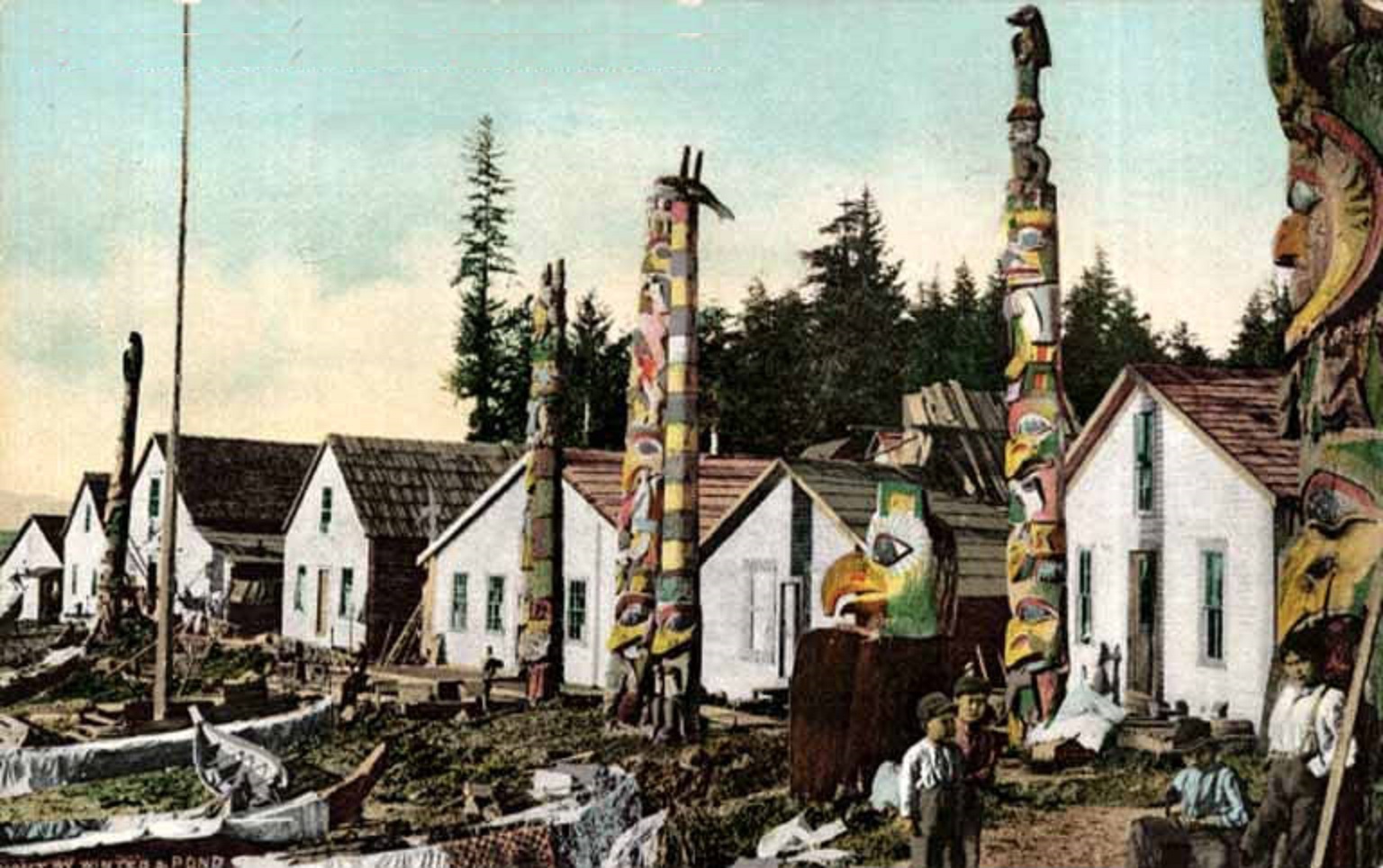 University of Washington, Wikimedia Commons
University of Washington, Wikimedia Commons
Housing: Size
Small houses were about 20 feet by 30 feet. One small house provided shelter for 30 to 40 people, which included closely related family members and slaves.
High ranking people had better built homes with stronger materials, while everyone else had the bare minimum.
Transportation
Early Haida people made dugout canoes out of single tree trunks. After it was cut out, it was shaped using steaming water and hot stones and then inserting stretchers made of wood. It was then painted and decorated.
A single canoe could carry from 30 to 60 people.
 Murray Foubister, CC BY-SA 2.0, Wikimedia Commons
Murray Foubister, CC BY-SA 2.0, Wikimedia Commons
Traditional Clothing
Haida women wore skirts and capes of cedar bark. Haida men wore long capes of cedar bark with decorative mountain goat wool woven between planks.
Other materials used for clothing, depending on the weather, included deerskin, otter fur, moccasins and caribou coats.
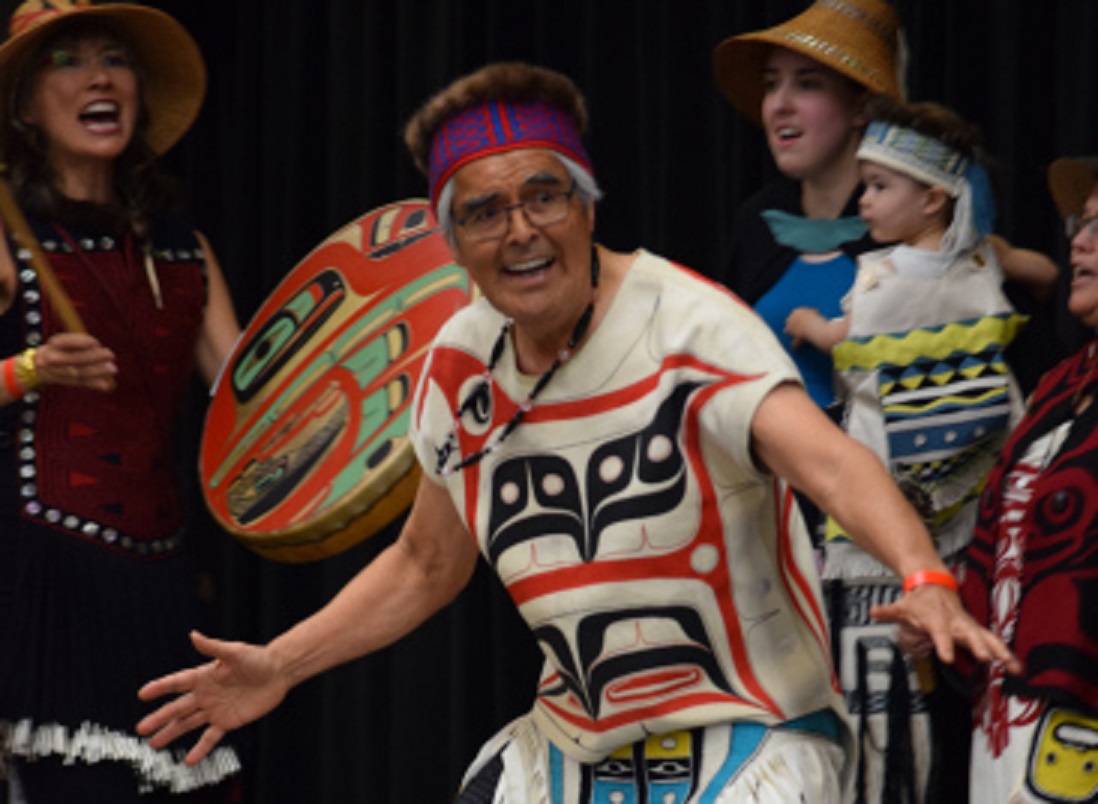 Graham Richard, CC BY-SA 4.0, Wikimedia Commons
Graham Richard, CC BY-SA 4.0, Wikimedia Commons
Tattoos
Many Haida people decorated their face and bodies with tattoos. Their markings indicated their status, spiritual devotion, and sometimes simply decoration.
Some women pierced their lower lips and inserted plugs as accessories.
 Popular Science Monthly Volume 53, Wikimedia Commons
Popular Science Monthly Volume 53, Wikimedia Commons
Warfare
Before contact with Europeans, other Indigenous communities believed the Haida to be aggressive warriors, and many groups actively avoided contact with them.
They were known to fight battles both on land and sea, but also were willing to negotiate Peace Treaties with some groups.
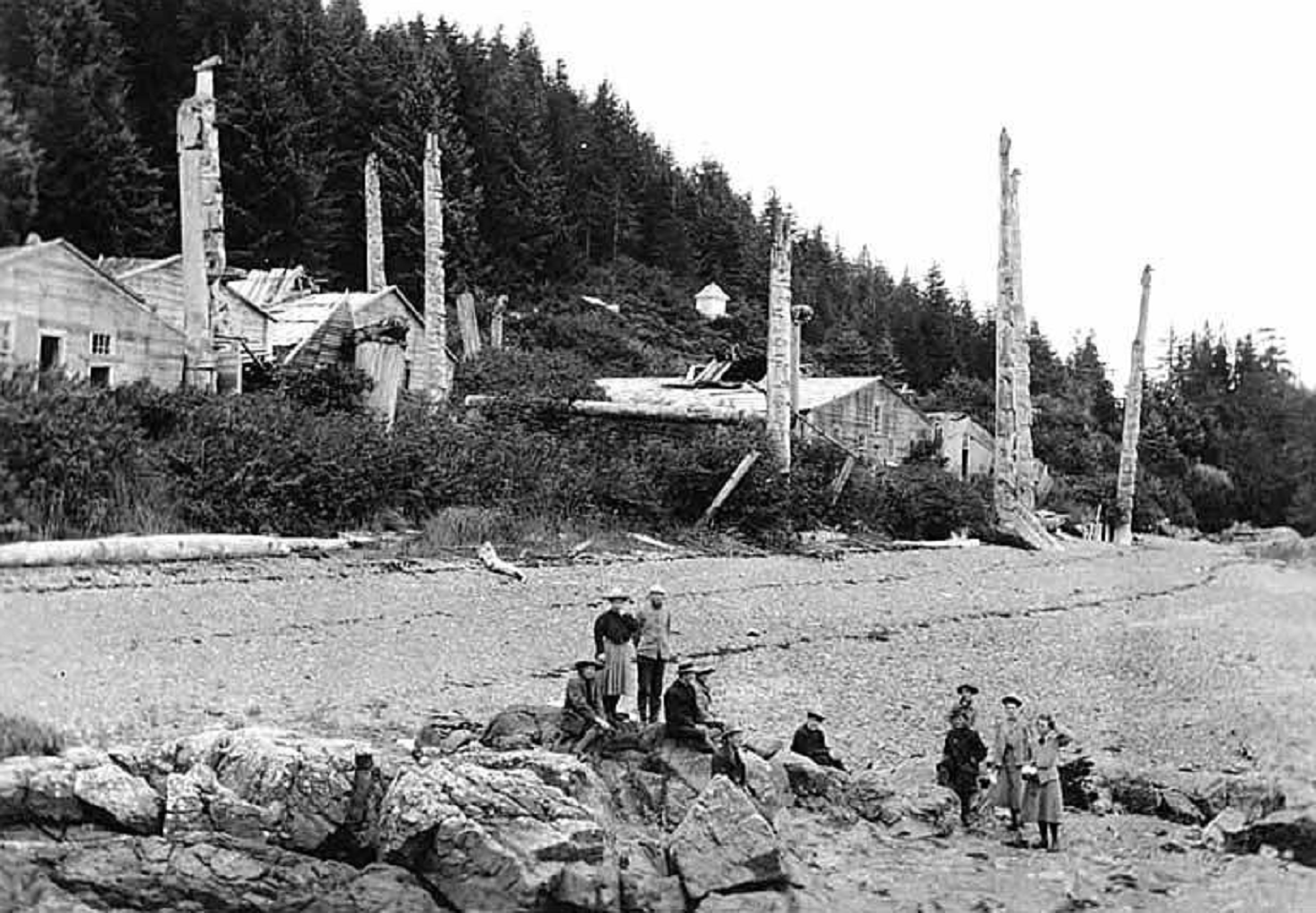 Arthur Churchill Warner, Wikimedia Commons
Arthur Churchill Warner, Wikimedia Commons
Slavery
Haida slaves were used as a commodity for trading for other commodities, as well as for paying debts and buying wives.
Slaves were allowed to marry, even to a Haida woman if she would have him. But children of slaves were also enslaved.
They often did menial work and paddled war canoes.
Totem Poles
The Haida were one of the Northwest Indian tribes who put up totem poles. They were carved from wood and took the shape and design of animals that symbolized their guardian spirits who watched over the family or clan.
 Christine Rondeau, CC BY 2.0, Wikimedia Commons
Christine Rondeau, CC BY 2.0, Wikimedia Commons
Art
The Haida are most known for their wood carvings. They were very decorative in nature, often creating masks, totem poles, and welcome poles, and large entrance poles into their homes that resembled a large open mouth.
Predominant colors included black and red, and was sometimes complemented with blue-green.
Haida Gwaii Today: Education
Currently, public education includes elementary and secondary schools ranging from kindergarten to grade 6.
Higher education programs are available at the Haida Heritage Centre in partnership with Coast Mountain College, University of Northern British Columbia, and with the Haida Gwaii Higher Education Society.
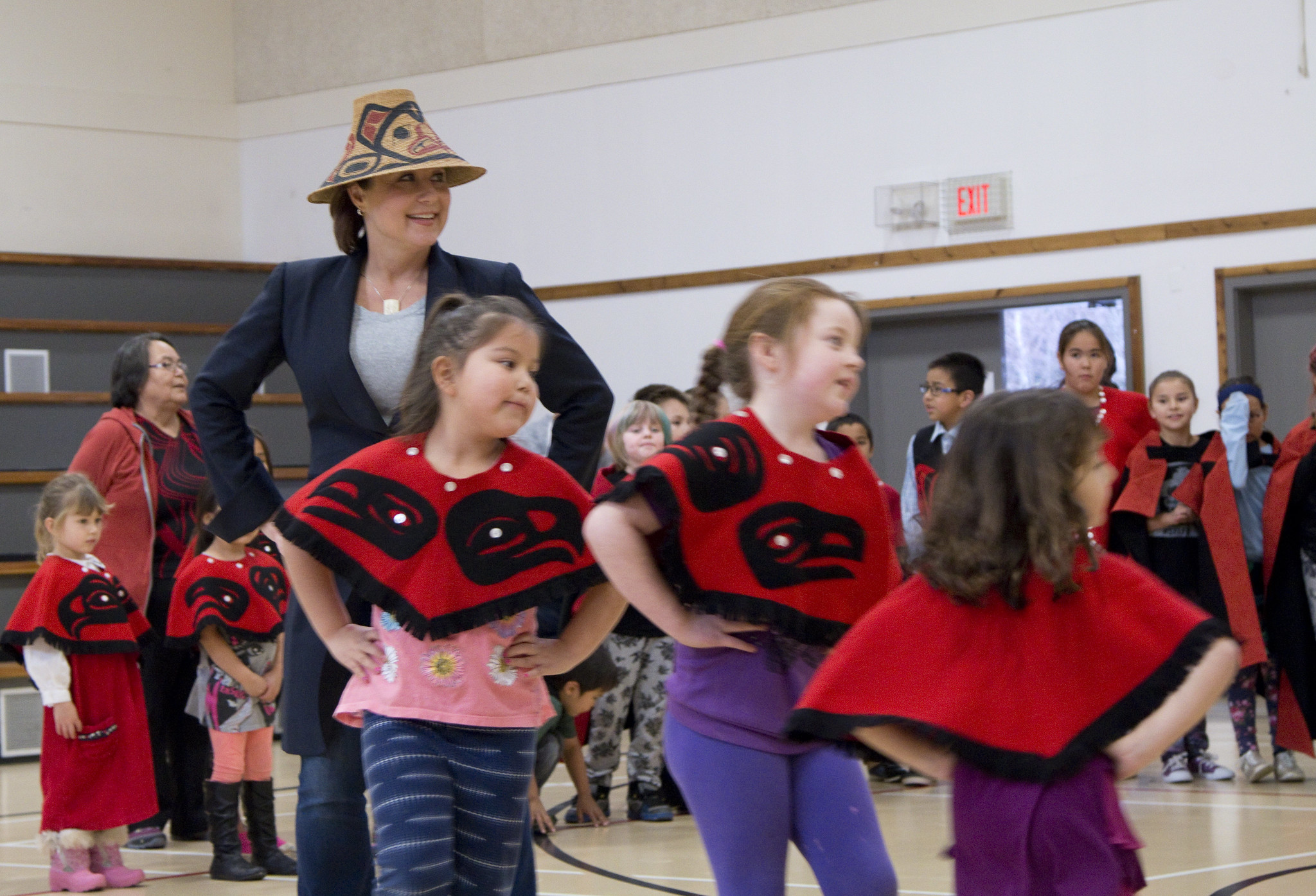 Province of British Columbia, Flickr
Province of British Columbia, Flickr
Haida Gwaii Today: Healthcare
The healthcare on Haida Gwaii is funded by Northern Health and serves two hospitals, and four BC Ambulance stations. They are staffed by approximately 36 casual emergency medical responders (EMR), and one part-time community paramedic based in Masset.
 Province of British Columbia, Flickr
Province of British Columbia, Flickr
Haida Gwaii Today: Protection
Although the Haida people have changed a lot of their traditional ways of life to adapt to the newer, modern world, traditional Haida people remain as isolated as possible to protect their heritage.
Current Haida efforts are largely directed at protecting their land.
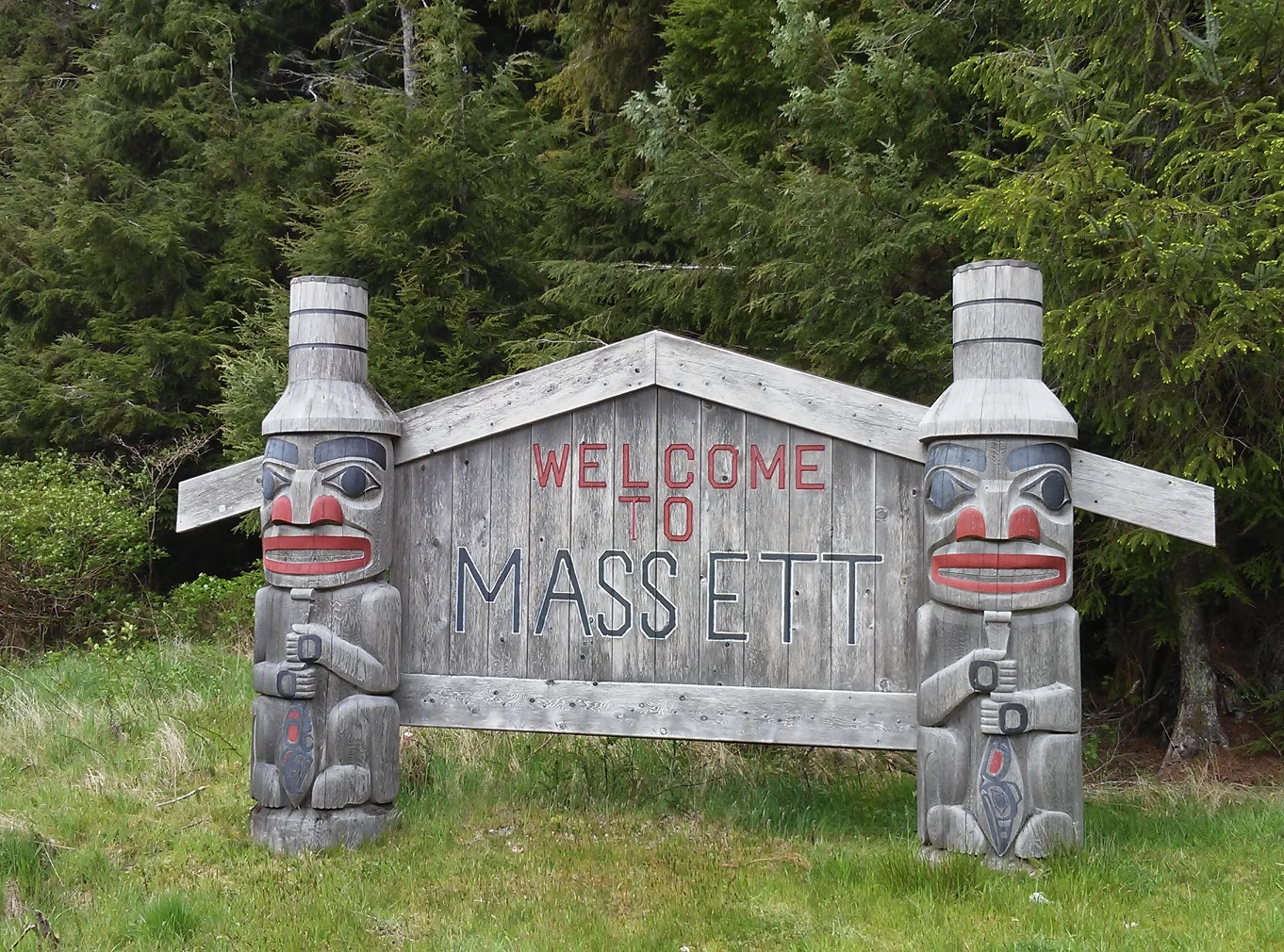 William Matheson, CC BY-SA 2.0, Wikimedia Commons
William Matheson, CC BY-SA 2.0, Wikimedia Commons

